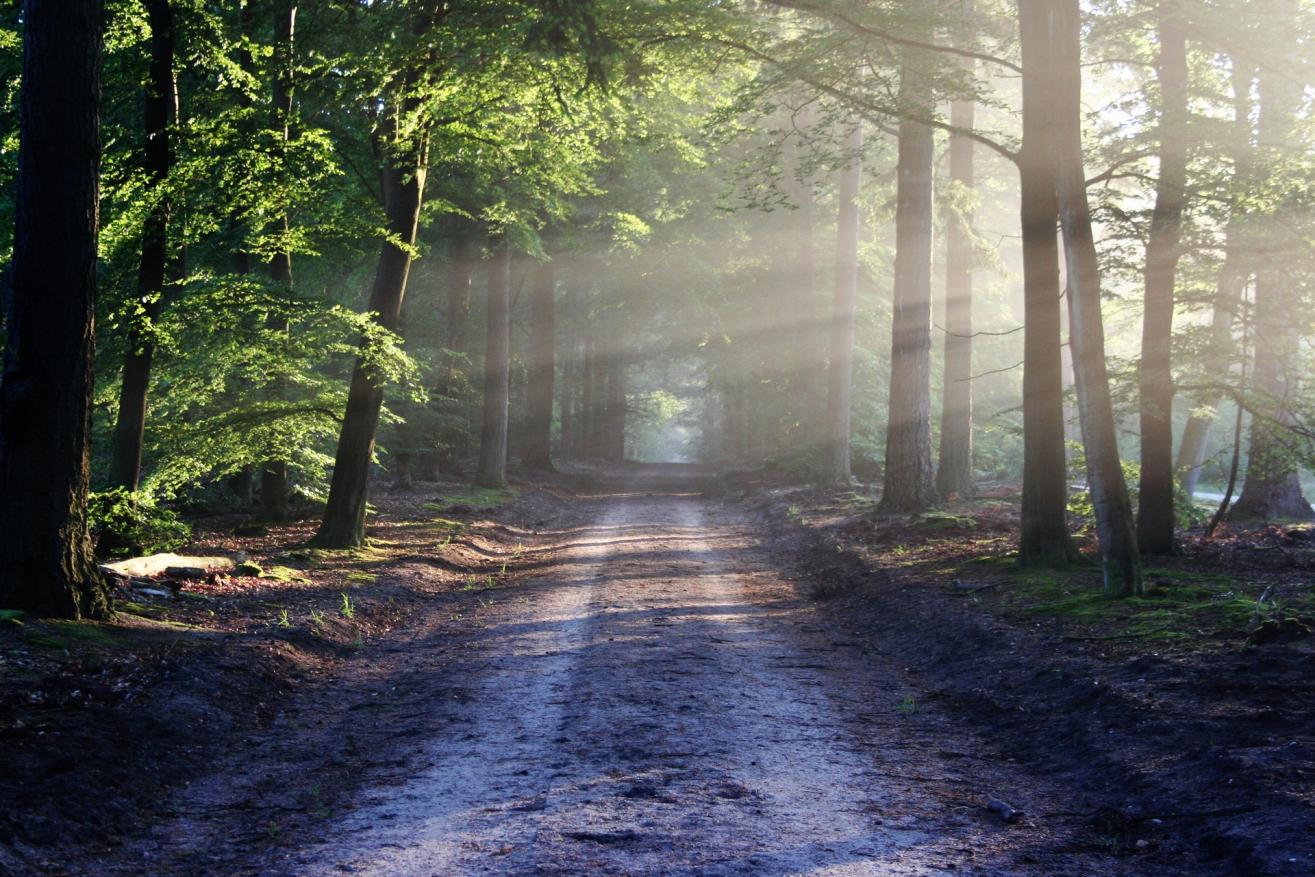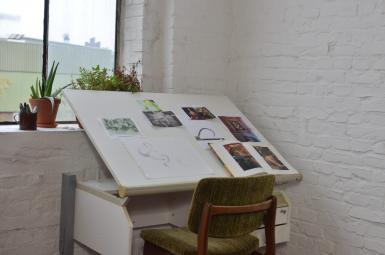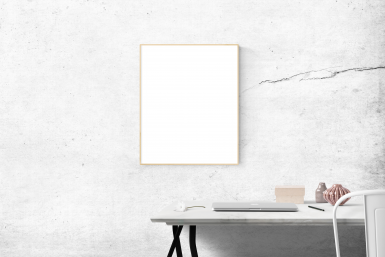
5 things you should know about shooting RAW
Using the RAW file format when taking a photo means that you’re capturing all image data recorded by the sensor. When shooting in a format like JPEG, image information is compressed and, essentially, lost. With RAW there is no information compressed so you are able to produce higher quality images - perfect for creating your own custom canvas prints.
Here are five things to keep in mind when considering the RAW file format:
1. High level of quality
As this file format captures absolutely everything that you’re shooting, the quality of the image is as good as it gets. When shooting in JPEG, your camera does its own processing to convert the original image into a JPEG but with RAW you are left to do the processing yourself, giving you more control over how your image turns out.
You can also expect better levels of brightness as with RAW you get so many more levels between black and white. With JPEG you can record 256 levels of brightness but with RAW this leaps to between 4,096 to 16,384 levels! These additional steps in brightness allow you to make more adjustments towards the perfect image.
2. Easy to correct
When you have time to get everything ‘just right’ before taking a picture and your subject is stationary, it’s a given that there’ll be less to do with the image once you get back home. But, when you’re shooting a scene that is fast-paced and with a lot of movement – such as a wedding – then you need to simply point and shoot and worry about it later.
Even with over and under exposed images, it’s so much easier to correct with the RAW file format. The additional information with each shot allows you to correct the image without drastically reducing the quality. You can also recover blown highlights and clipped shadows.
Similarly, with the white balance (which is very important for the image quality), you can adjust this more easily because you have more data to work with.
3. Takes up space
A couple of downsides to shooting RAW is that this format takes up lots more space on your camera’s storage card and can slow down the camera over time.
RAW images will naturally take up more space as they aren’t compressed as for JPEG. In real terms this means that you can fit 375,000 large JPEG images (of about 8MB) on a 3TB hard drive, while in RAW format you’ll fit 100,000 images (of about £30MB) on it. Only really an issue if you are set on keeping most of your images on one hard drive, and that could be risky anyway!
Also, being larger than JPEGs, RAW images fill up the buffer of your camera faster. The camera will still shoot the same frames per second, regardless of the format you choose, but you may have to wait for the camera to write to the memory card if the buffer fills up.
4. Protect the original
Worried about all your intended adjustments ruining your original data? With RAW this can never happen as you’re simply creating a set of instructions on how the JPEG, TIF etc. version should be saved onto your computer. At any point you can reset your adjustments and start over again with your original photo.
5. Do as the pros do
Shooting RAW is what the pros do. As professionals they are required to provide the highest possible quality photographs, as standard. By shooting RAW, the power is in your hands. You control how your image looks with little in the way of restrictions that might come with using JPEG. And, now that some point and shoots have the RAW capability, even amateurs can give the pros a run for their money!
After you’ve mastered RAW photography, why not take on a new challenge? Check out our beginner’s guides to Vector Art and HDR photography.









